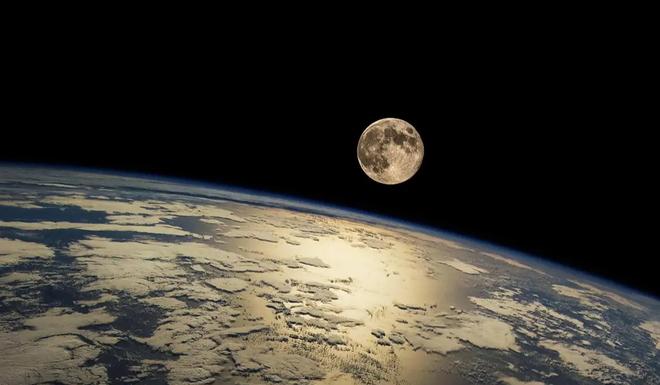Published 00:01 IST, July 12th 2024
How Much Faster Time Passes On the Moon Compared to Earth? NASA Answers
NASA's research shows that time on the Moon moves 0.0000575 seconds faster per day than on Earth.

New Delhi, India: In a groundbreaking discovery, scientists have revealed that time passes faster on the Moon compared to Earth. This revelation, based on the principles of general relativity, has significant implications for future space missions. Understanding this difference in time passage is crucial for navigation and communication during space missions, particularly with NASA's upcoming crewed missions to the Moon.
The Science Behind Time Difference on the Moon Compared to Earth
The concept of time moving differently depending on gravitational forces is rooted in Albert Einstein's general theory of relativity. According to this theory, the stronger the gravitational pull, the slower time moves. Since the Moon has only one-sixth of Earth's gravity, time passes slightly faster there.
NASA's New Findings
A team of physicists from NASA's Jet Propulsion Laboratory has quantified this difference. Their research shows that time on the Moon moves 0.0000575 seconds faster per day than on Earth. While this may seem negligible, over long durations and distances, these tiny fractions accumulate and become significant. Accurate time measurement is essential for the success of space missions, as navigation systems, communication, docking, and landing all rely on precise timing.
Implications for Future Missions
With NASA planning to return astronauts to the Moon by 2026 under the Artemis missions, understanding and adjusting for these time differences is critical. NASA aims to establish a sustained presence on the Moon, exploring potential sites for future lunar bases. Accurate timekeeping will be crucial for coordinating activities, ensuring safety, and maintaining communication between astronauts on the Moon and mission control on Earth.
Calculating the Time Difference
To arrive at the 0.0000575 seconds per day difference, scientists calculated the time passage for Earth and the Moon relative to the Solar System's barycenter, the common center of mass around which the Sun, planets, and satellites orbit. This calculation was corroborated by another team from the US National Institute of Standards and Technology, further validating the findings.
The Need for Standardized Lunar Time
As various space agencies increase their activities on the Moon, there is a growing need for standardized lunar time. This standardization will ensure the synchronization of activities on the Moon's surface and between the Moon and Earth. NASA and other US agencies are working on a unified time reference system for the Moon. This system will be discussed and potentially agreed upon by international bodies such as the International Bureau of Weights and Measures and the International Astronomical Union.
Updated 00:01 IST, July 12th 2024


